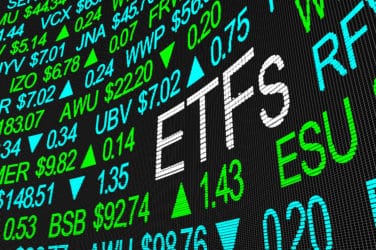
Asset classes are following different paths toward automated markets, according to Ian Domowitz, managing director and head of analytics at Investment Technology Group.
“If we were going to summarize what’s going on around the world in trading, it’s the gradual but accelerating movement towards a combination of central clearing and electronic trading,” Domowitz told Markets Media.
In equities, the big issues are fragmentation and market structure, as the Securities and Exchange Commission begins a review of the changes that have occurred in the nearly ten years since Regulation National Market Structure (NMS) has been in place.
“We’re obviously seeing a lot of regulatory action,” Domowitz said. “The current stat of the day is definitely analysis of venues, especially in the United States.”
Generally speaking, from a market structure point of view, the Securities and Exchange Commission, said Domowitz, “has definitely woken up to the idea that maybe we do need a review of the overall market structure, not because it’s broken, as Michael Lewis might say, but most certainly the increased visibility of the impact of market structure on trading and investor confidence is certainly coming to the fore.”
At ITG, Domowitz heads up the analytics division, which encompasses valuation for equities and futures, swing pricing for adjustments of asset value, and transaction cost analysis, from pre-trade through post-trade.
In FX, the big news is the increased move towards electronic trading. “Certainly with all the noise surrounding the news of the London fix, as well as just the natural progression towards electronic venues, electronic trading in that space is changing the landscape,” Domowitz said. “The same might be said of fixed income, but I think the driver there is much different.”
In fixed income, the impetus toward electronic trading is more of a supply-demand dynamic. “The driver there is not so much that people are saying, ‘Well, let’s move to electronic,’ it’s more the imbalance of inventories of fixed income securities, which have shifted from the sell side to the buy side,” said Domowitz. “Once the buy side is actually in control of the inventory, at that stage the notion of self-directed trading of that inventory actually starts to come up.”
The notion that the buy side might start to think about trading directly between institutional investor counterparties as opposed to trading through dealing desks is driven in large part by inventory issues, said Domowitz. “Clearly all of that has been exacerbated by restrictions on banks, irrespective of capital requirements and Volcker rule.”
Featured image via freshidea/Dollar Photo Club






